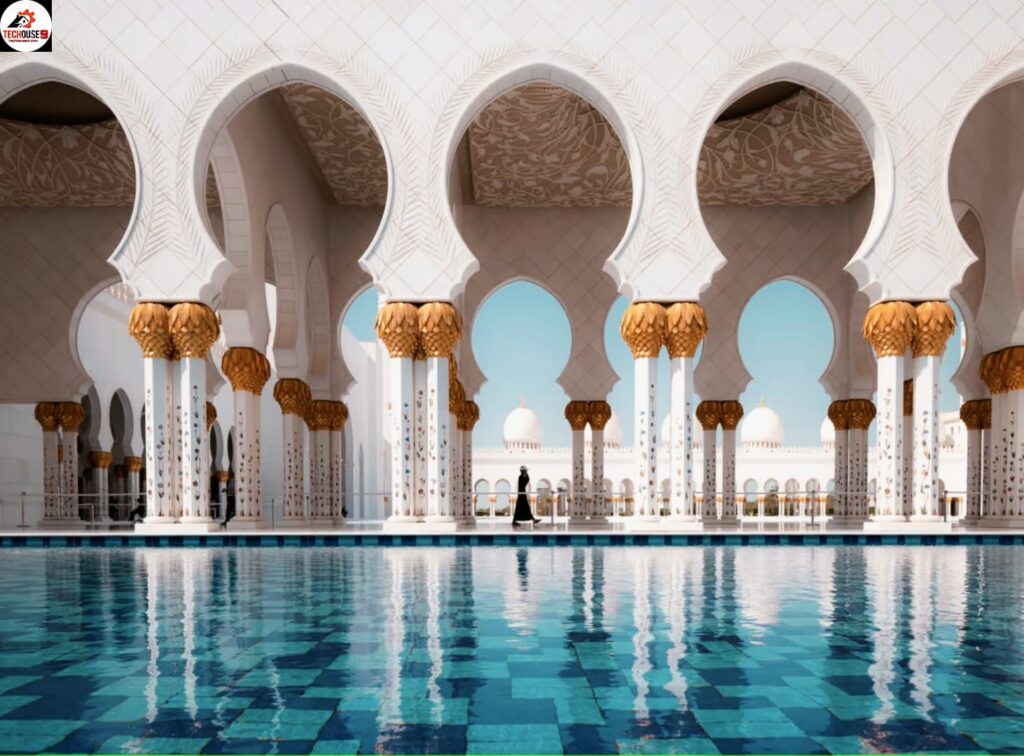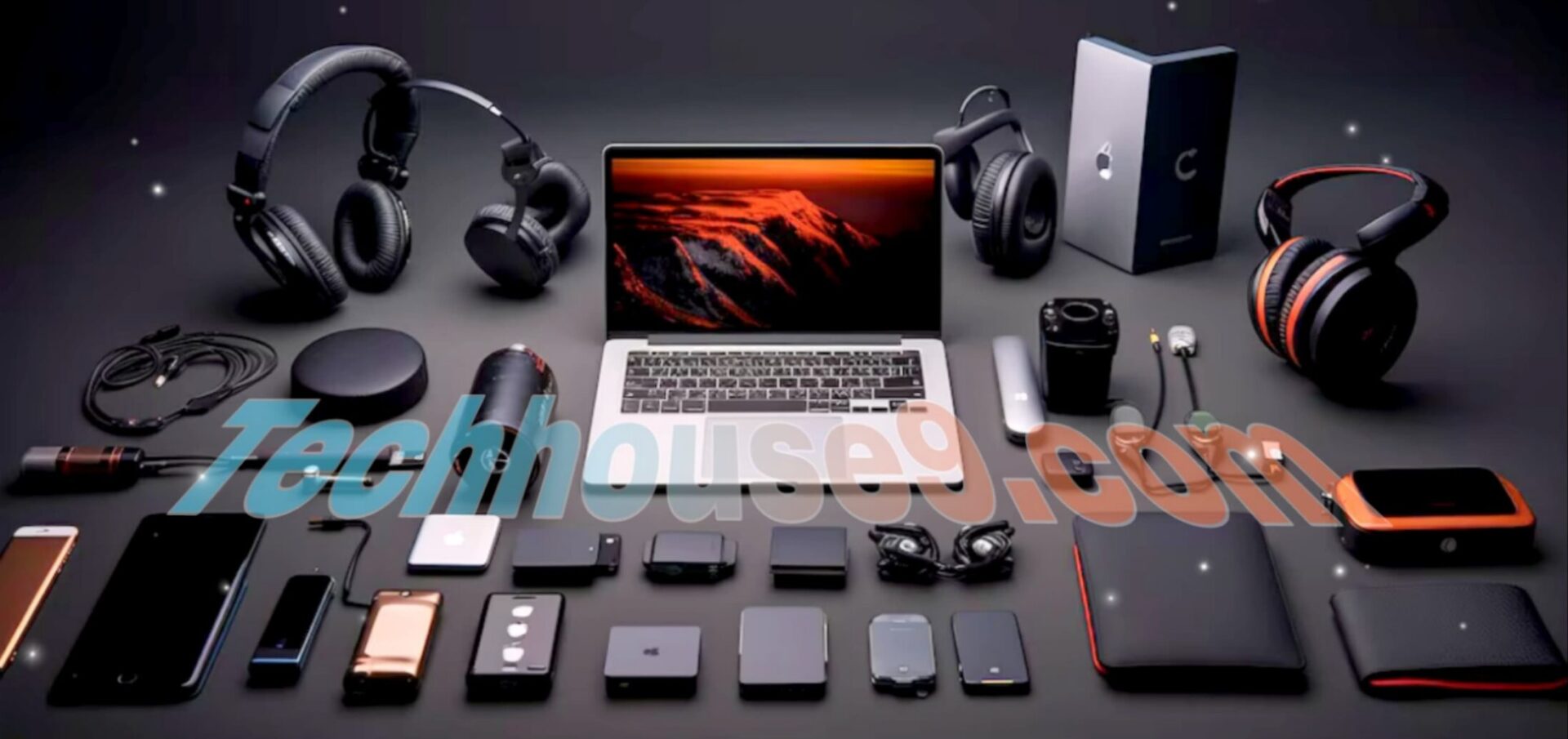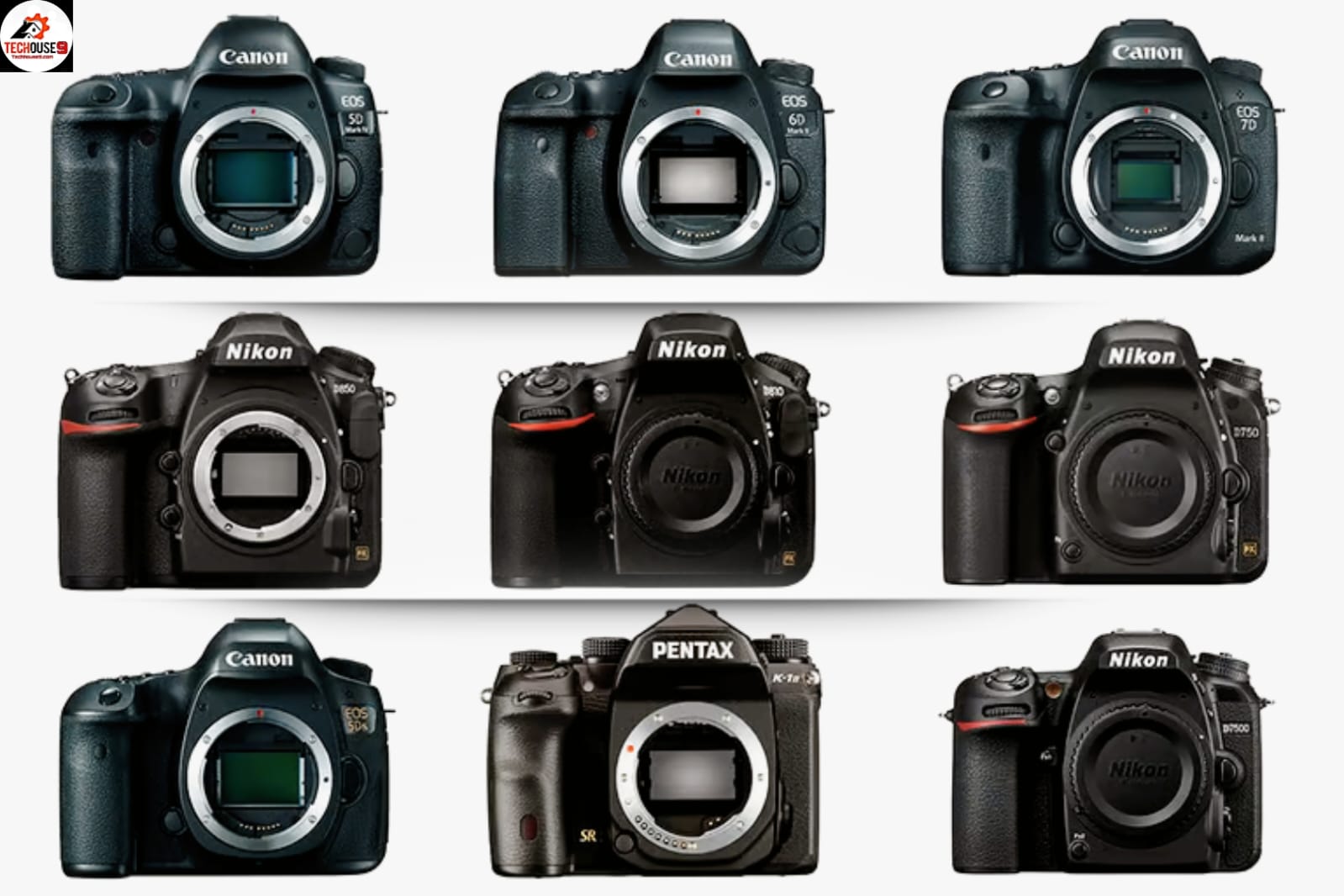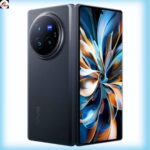Best DSLR Cameras You Can Buy in 2024, Ranked

I've whittled down a list of the greatest DSLRs on the market today to 5 fantastic cameras!
Mirrorless cameras are now mature products, with new models being released each year, but that does not imply the DSLR is gone! DSLRs are still an incredible instrument in terms of capability, and they even have longer battery life than mirrorless cameras. Although DSLRs are no longer being manufactured, with the exception of Pentax, there are still a few types available as of 2024, and I’ve compiled a list of the best.
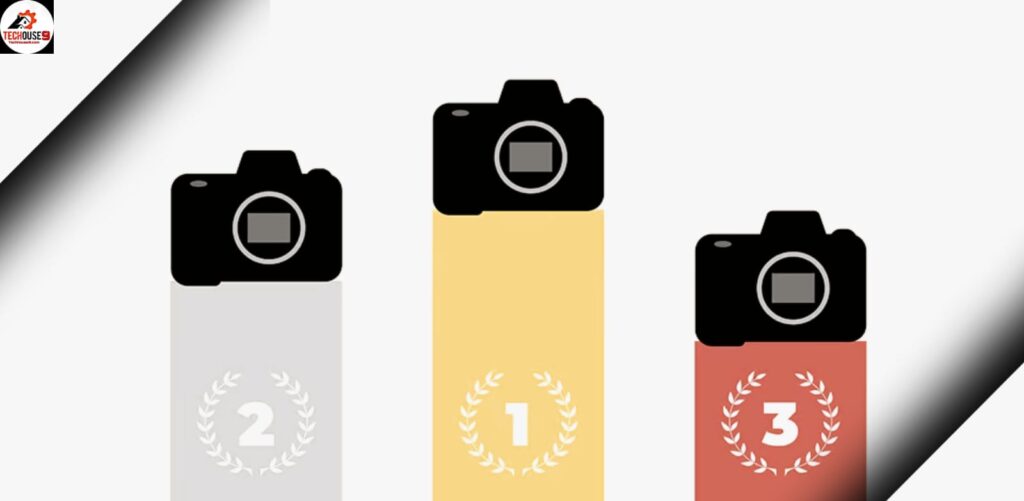
If you’re looking for the best DSLR camera for your purposes, the list below will definitely help you locate one. If you prefer mirrorless cameras, we offer a separate list of the top options.
Keep in mind that the list below is inherently subjective. There is no such thing as the “best” camera; only the one that best suits your needs and situation. I’ve also overlooked pricing when evaluating these cameras, so you can see how they compare on an even playing field and then choose the best one for your budget. One of the best things about newer, mirrorless cameras is that they have driven down the used pricing of DSLRs to an all-time low, so you should be able to discover some great offers on the used market! The same goes with DSLR lenses.
So, without further ado, here are my top 11 selections for the finest DSLRs in 2024, after testing all of them myself.

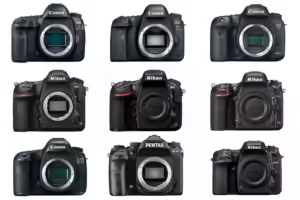
1. Nikon D850.
The Nikon D850 is the top DSLR camera on my list, and for good reason: it is undoubtedly the most sophisticated and technologically advanced DSLR that any camera brand has ever produced.
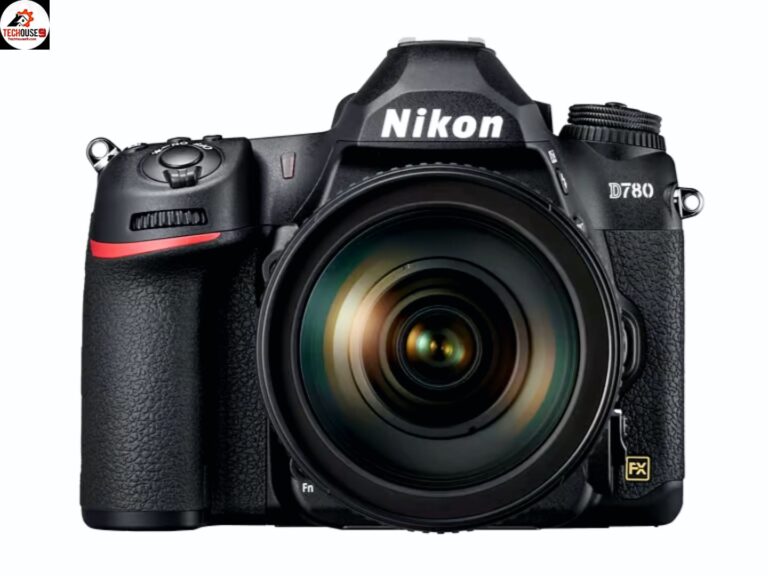
The Nikon D850 is an ideal camera for landscape, architecture, and studio photography, thanks to its 45.7 MP full-frame BSI CMOS sensor, which can capture great detail and has a wide dynamic range. It’s also a superb camera for sports and wildlife photography, because to its high-end autofocus system, good low-light autofocus, 7 FPS continuous shooting speed (extendable to 9 fps with the MB-D18 battery grip), and great high-ISO performance.
On the video side, it is one of the best DSLRs of all time for videography, thanks to its 4K full-frame video recording and ability to output 4:2:2 uncompressed video via HDMI, as well as slow-motion video. Finally, all the extra features such as focus stacking, tilting touch-enabled LCD screen, lighted controls, built-in WiFi and Bluetooth, weather-sealed build, and dual card slots show that Nikon employed everything in their arsenal to make the Nikon D850 a “do-it-all” versatile camera.
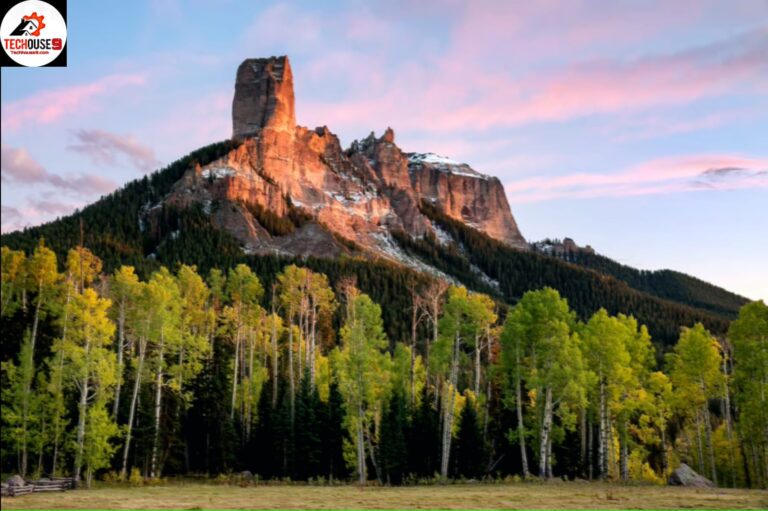
With the Nikon D850 released in August 2017, one would expect the camera to be obsolete by now. No, that is not the case. Even in 2023, the Nikon D850 competes or outperforms nearly every new mirrorless camera that is released. It took Nikon nearly five years to outperform the Nikon D850 in terms of features, and they only did it with the Nikon Z9 mirrorless camera, which costs $5500, and then the $4000 Nikon Z8. In comparison, the Nikon D850 sells for around $2500 new and roughly $2000 used. (The provided link is an eBay Partner Program affiliate link; Photography Life earns a small reward on each eBay sale at no additional cost to you. extra. Thank you for supporting our testing efforts!
2. Pentax K1 II
The Pentax K1 II is the second best DSLR camera I’ve used. When I initially tried the original Pentax K1, I knew Ricoh had done an excellent job with the camera. It ticked all the boxes and more in terms of features, including 5-axis in-body image stabilization (IBIS), Pixel Shift, which takes multiple images to create a single high-resolution image, and Astrotracer, which automatically compensates for Earth’s rotation when photographing stars, demonstrating that it was not only mirrorless cameras that delivered new and exciting technologies to cameras.
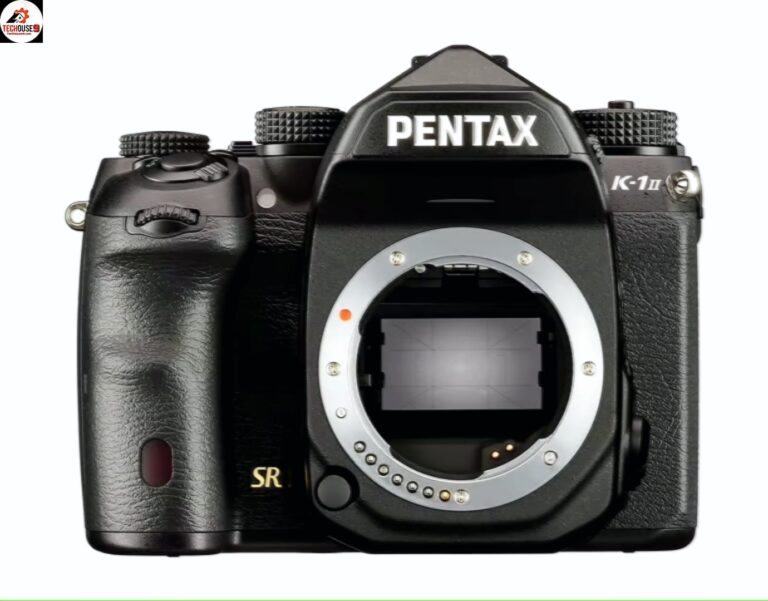

Although Ricoh only made minor changes to the Pentax K1 II, focusing primarily on existing capabilities, it remains one of the most powerful DSLRs on the market, providing a lot of value for its sub-$2,000 pricing. My main complaint with Pentax is the smaller lens choices compared to Nikon and Canon. However, Pentax is the only camera manufacturer that continues to prioritize DSLRs over mirrorless cameras, so the future may be bright if you choose the K1-II or another Pentax DSLR.
3.Canon 5D Mark IV.
While some photographers may disregard Canon DSLRs because they have less dynamic range or less features than other DSLRs on the market, the majority of them have never used a Canon 5D-series camera before. Personally, I’ve shot with every Canon 5D-series DSLR since the 5D Mark II, and I have to say that these cameras are excellent, similar to their Nikon counterparts.
Sure, Nikon may have a slight advantage in terms of resolution and dynamic range, but the success of a camera system is not defined by one or two of these variables. Other factors such as lenses, ergonomics, and dependability are just as important, and the Canon 5D Mark IV shines in all of them.
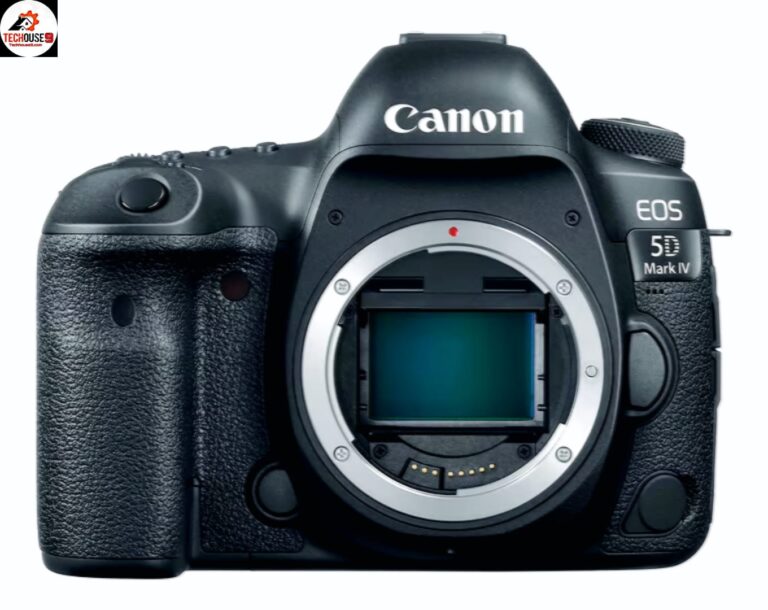
The Canon 5D Mark IV is a formidable tool for any level of photographer, featuring a 30.4MP sensor capable of producing superb image quality (even at high ISO), an advanced 61-point AF system, 7 fps continuous shooting speed, 4K video recording, built-in WiFi / GPS, and superb Dual Pixel AF when using Live View. Despite the advances in mirrorless cameras over the last several years, it is difficult to find a camera that can focus as consistently when shooting video as the Canon 5D Mark IV (and other Canon cameras with the same Dual Pixel AF function). Canon simply nailed it there. The 5D Mark IV earns a well-deserved top three finish here.
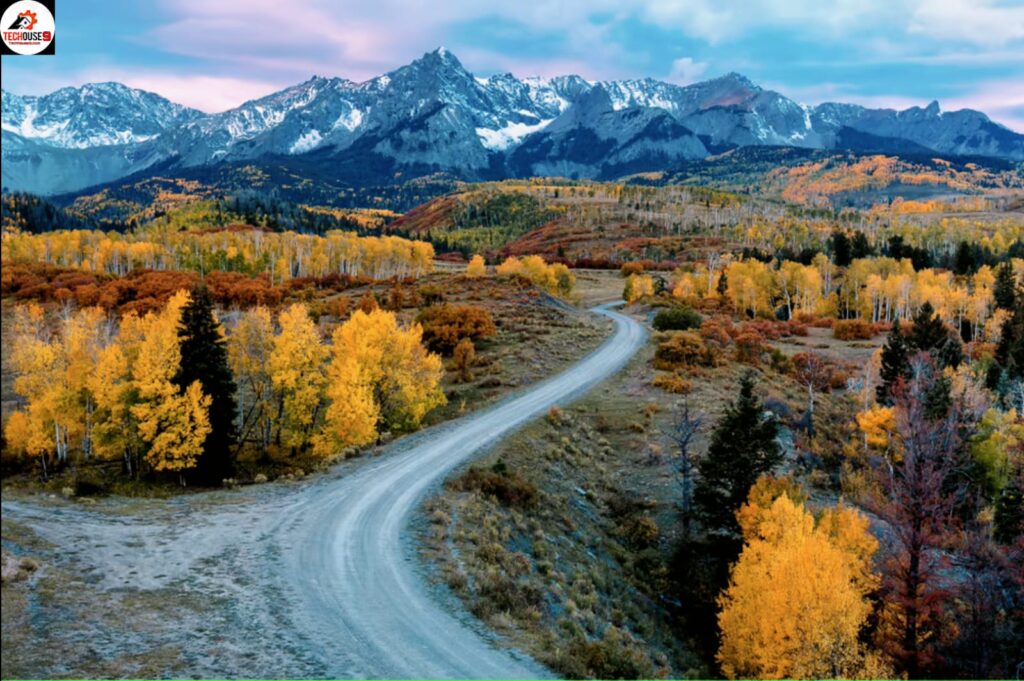
4. Canon 5DS R
After Nikon and Sony began introducing cameras with 36 megapixels in the 2010s, many Canon shooters were disappointed that Canon did not offer a rival camera for landscape, macro, studio, and product photography, all of which require high resolution.

Canon responded to this demand in 2015 with the 5DS / 5DS R cameras, which had a resolution of 50.6 MP, greater than any competition at the time. Interestingly, even in 2023, the Canon 5DS / 5DS R cameras still provide better resolution than practically any other full-frame camera on the market!
While the Canon 5DS / 5DS R lacks modern video technologies like Dual Pixel AF and 4K video capture, photographers who use it contend that this is not what the camera was intended for. Canon shooters who require high resolution continue to utilize the 5DS and 5DS R with satisfaction. There’s little incentive to upgrade to a contemporary mirrorless camera if your DSLR already outperforms it!
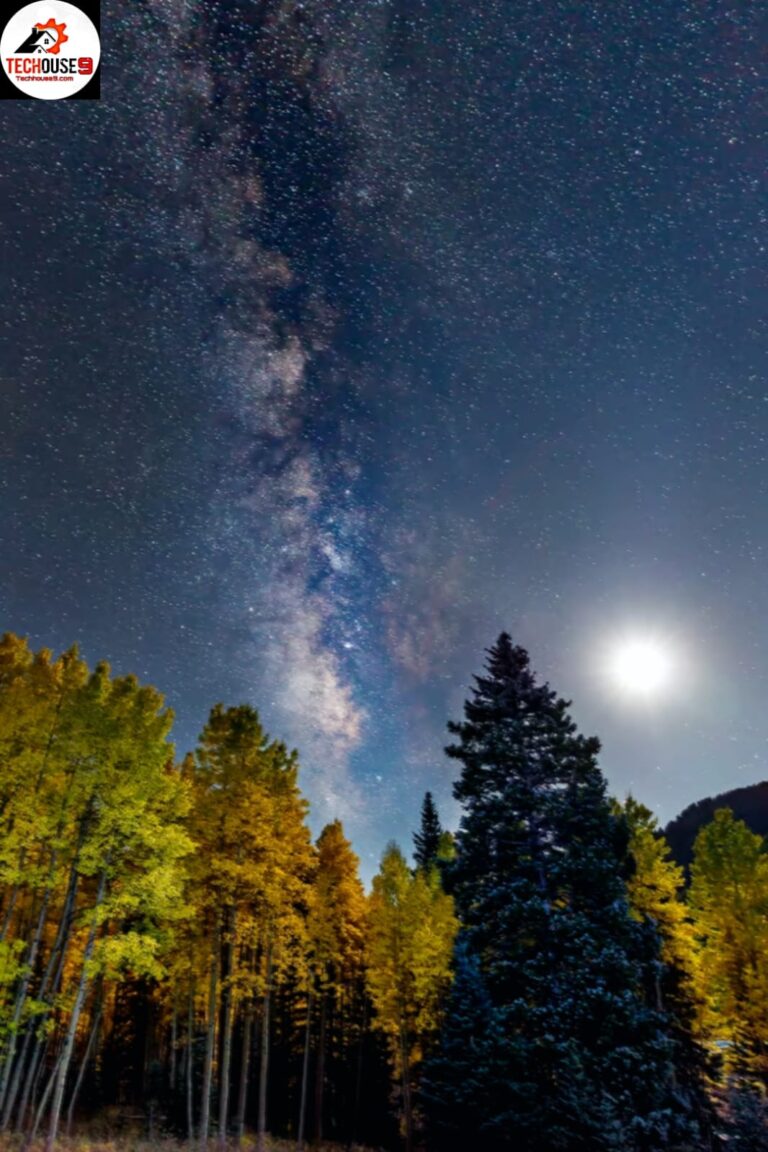
It is worth noting that the only change between the Canon 5DS and 5DS R is the low-pass filter. If you are not intending to photograph closely patterned things (such as clothing), I recommend the Canon 5DS R, which produces somewhat more detailed shots.
5. Nikon D780
If you don’t require 36+ MP resolution and want a good feature-to-price ratio, the Nikon D780 is one of the best cameras on this list. Do not be fooled by the #5 ranking! If resolution is not your first priority, it might easily rank in the top three.
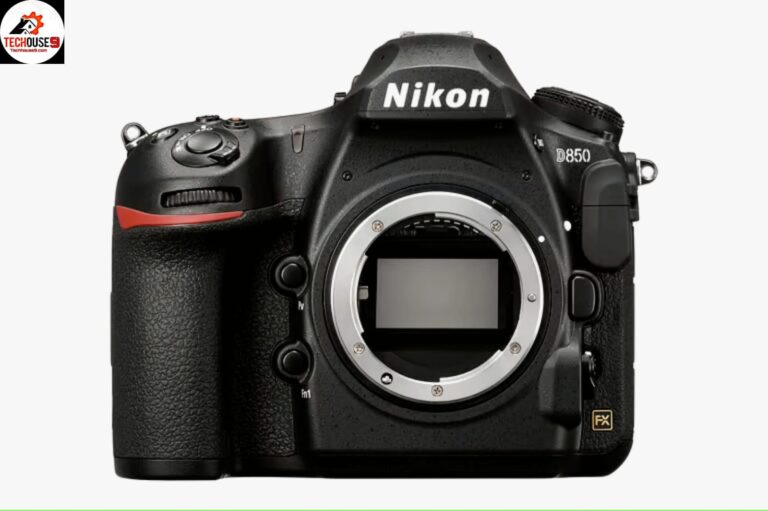
The D780, which combines the best of the DSLR and mirrorless worlds, achieves a superb balance of features, sensor resolution, image quality, ergonomics, an excellent focusing system, and affordability among Nikon DSLRs. It’s one of the most recent cameras on this list, and it feels quite similar to “a mirrorless camera with an optical viewfinder.” Even in live view, autofocus is fast and accurate, and the D780 can easily record practically any subject.
Personally, I’ve always been a big fan of Nikon’s mid-range offerings, including the D750, D780, and Z6 / Z6 II mirrorless models. While I previously owned a pair of D750s, I replaced them with the Z6 mirrorless camera when it was launched and have never looked back. If I had kept my DSLR lenses, I would have opted for the D780 instead.
